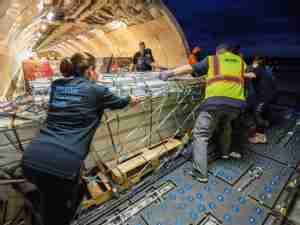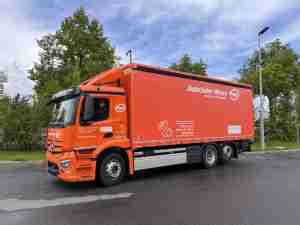Year-to-date transportation and logistics M&A value hits highest peak in nine years, according to Pw
posted by AJOT | Nov 03 2015 at 03:00 PM | Logistics
Despite a decline in merger and acquisition (M&A) activity in the transportation and logistics industry in the third quarter of 2015, year-to-date volume remained in line with recent years and deal value for the first nine months of the year was at the highest level since 2006, according to Intersections, a quarterly analysis of global deal activity in the transportation and logistics industry by PwC US. Heading into the last quarter of 2015, PwC remains optimistic that the sector will likely continue to see a healthy level of activity, rounding out a strong year for transportation M&A.
There were 44 announced transactions (worth $50 million or more) in the third quarter for a total value of $28.8 billion, a 30 percent drop in volume and 27 percent drop in value, compared to the previous quarter. This also represents a 28 percent decline in volume from the third quarter of 2014 but a 36 percent spike in value as average deal size has continued to increase in each of the last four quarters. Year-to-date, the level of activity remains consistent with last year while value increased significantly, surging from $63.1 billion in the first nine months of 2014 to $97.9 billion in 2015 (55 percent increase).
“Following a strong start to the first half of the year, transportation and logistics deal activity tapered off slightly during the third quarter though we are expected to still be on track to have a successful year for deal activity in the sector,” said Jonathan Kletzel, U.S. transportation and logistics leader for PwC. “Historically, the fourth quarter has been a popular time for M&A activity as strategic investors prepare for the next year’s operations, and we believe the M&A environment will likely see increased activity. At the same time, in order to capitalize on growth, transportation executives remain focused on strengthening their core business operations and expanding in high growth markets.”
Six megadeals (transactions worth more than $1 billion) totaled $18.3 billion, representing more than 63 percent of total deal value in the third quarter. The rationale behind these large-scale, complex transactions includes companies attempting to increase scale, enhance operations, build transportation networks and expand geographic reach.
Similar to prior quarters, cross-border expansion was a key driver for many of the deals in the third quarter, particularly in advanced economies in which more than half (55 percent) of the deals involved trans-national activity. Strategic investors looking to build a global transportation network and expand operations were involved in 48 percent of all cross-border deals for the quarter. Strategic investors also accounted for 52 percent of overall deal activity for the quarter.
According to PwC, logistic companies remained a significant driver of T&L activity in the third quarter (23 percent), and that trend is expected to continue for the foreseeable future. “As more companies make the decision to outsource logistics services and turn to third-party suppliers, efficiencies in scale and geographic reach will become critical drivers of inorganic growth. These deals were primarily driven by the need to fill a specific need or gap, gain scale, or expand margins. Also, growing consumer demand as a result of an improving economy and historically low fuel costs are leading to increased freight volume, creating a potential opportunity for logistics companies to consolidate,” Kletzel added.
Of note during the third quarter, marine shipping and related services deals recorded a significant increase, driving more than a third of the quarter’s volume (34 percent compared to 13 percent in the second quarter). These deals tended to be smaller, bolt-on acquisitions, as companies attempted to increase efficiencies. Trucking deals also continued to see interest as smaller “mom and pop” operators decided to cash out, rather than invest in fleets and attempt to find the increasingly scarce driver talent.









